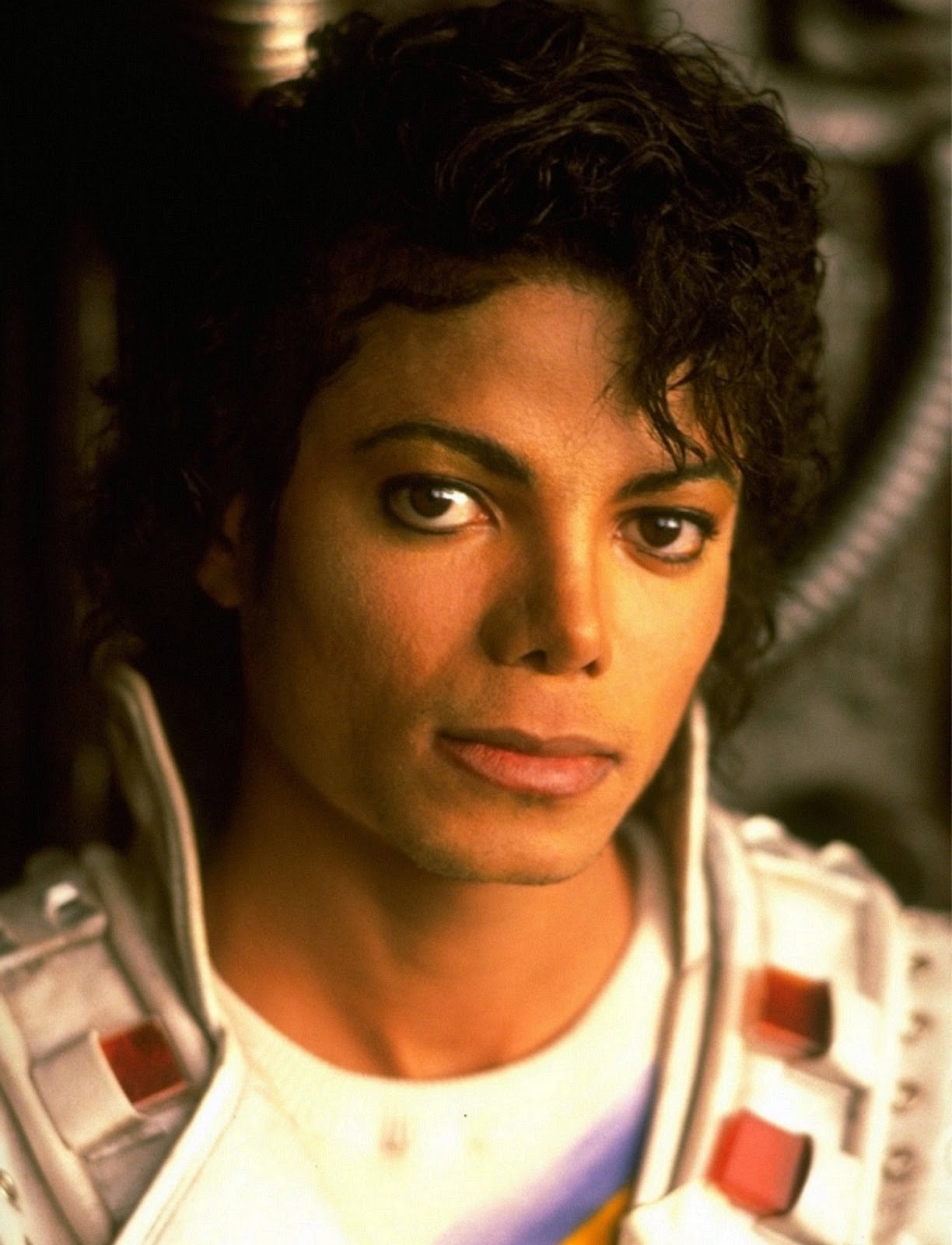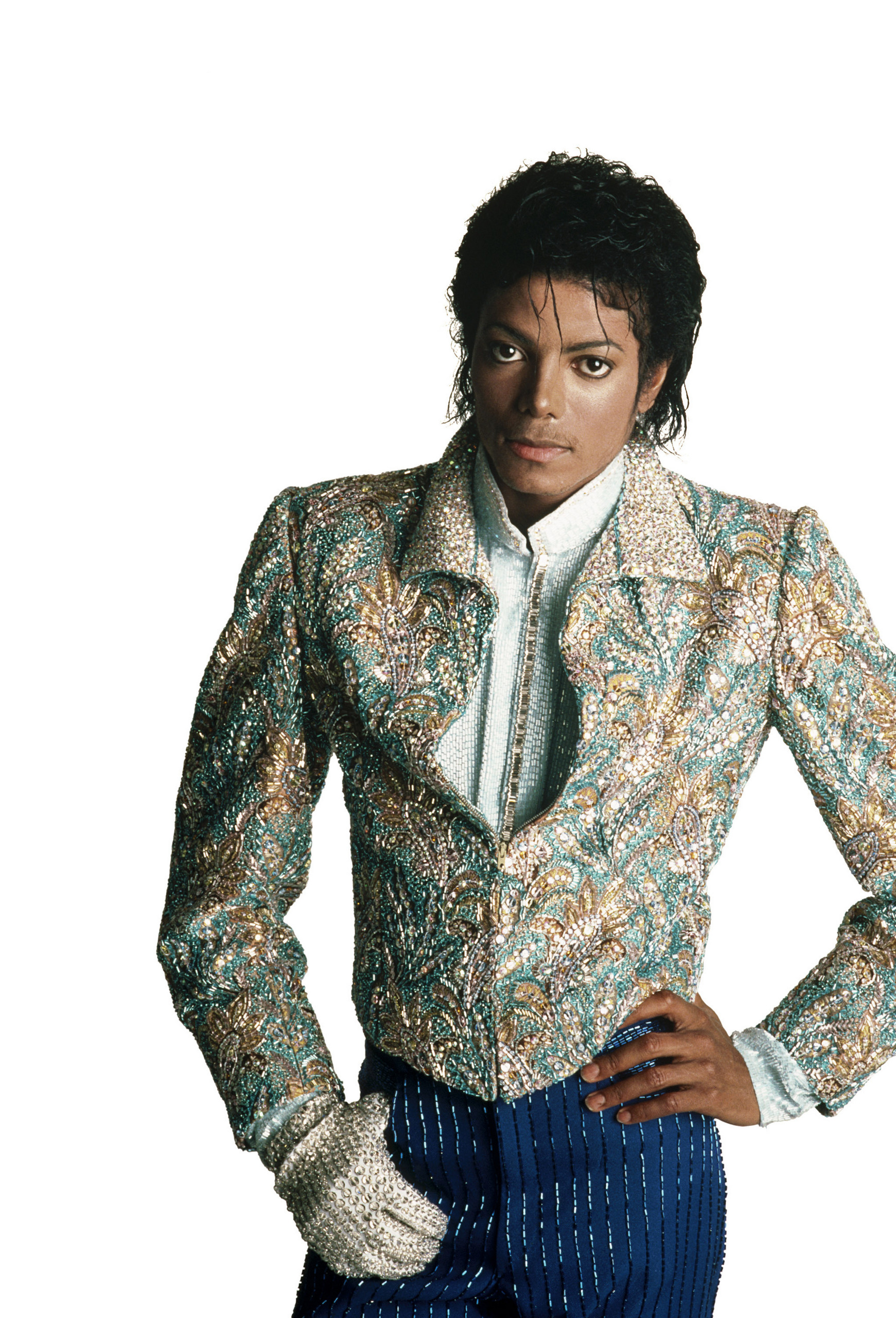There are stories, you know, that really just stay with us, becoming a part of our shared cultural memory. They might be tales of everyday life, or perhaps something a bit more wild, but they often capture a certain spirit, a particular time, or even a way of being. We sometimes find ourselves thinking about these narratives long after they've finished their run, wondering about their impact and what they mean for us, even now.
It's interesting, too, how some of these stories, whether they are from books or shows, seem to pop back into our thoughts, maybe because a friend mentions them, or perhaps we just stumble upon an old clip. They can offer a unique lens through which we can consider the changes that have happened around us, or even within ourselves, since those stories first appeared. It’s a bit like revisiting an old neighborhood, in a way, to see how things have shifted.
When we talk about stories that leave a lasting mark, it's pretty clear that some television shows have done just that. They might bring to life characters and situations that, for all their rough edges, somehow feel very real. We're going to take a little stroll through the history of one such show, a series that, in some respects, truly made a splash and then went on to have a rather long life across different versions.
- Pioneer Woman Stroke Update.https
- Keanu Reeves Political Party.https
- Christie Sides Husband.https
- Elizabeth Trump Grau.https
- Tim Duncan Wife.https
Table of Contents
- What Makes a Show Stick with Us?
- How Did Shameless Begin Its Run?
- What Changed Between the Versions?
- What Does Its Legacy Tell Us?
What Makes a Show Stick with Us?
It's a question many of us might ponder: what exactly makes a television program truly memorable? Is it the people we see on screen, perhaps their struggles, or maybe the way the story unfolds? For a show to truly resonate, it often needs to present a world that, even if it's quite different from our own, still feels authentic. It needs to show us a piece of life, unfiltered, that we can, in some way, relate to, or at least feel something for. That, you know, is a big part of it.
The Enduring Appeal of Shameless
Consider a program like "Shameless." This show, in both its original British form and its American counterpart, managed to grab people's attention and hold onto it for a considerable period. It wasn't about perfect lives or easy answers; quite the opposite, actually. It put on display a family, the Gallaghers, who lived in a rather chaotic and often messy way, dealing with things that many of us would find quite challenging. Yet, in all that disorder, there was also a sense of warmth, a kind of togetherness that, in some respects, felt very real and deeply human.
The original British version, for instance, started its journey in early 2004, on January 13, to be exact. It ran for a good long while, finally wrapping things up in May of 2013. Over that span of nearly ten years, viewers got to see eleven full seasons of stories. That's a pretty long stretch for any program, and it suggests a dedicated audience who kept coming back for more, even as the characters faced one difficult situation after another. This longevity, too, speaks volumes about its initial draw.
- Is Will Smith Alive 2025.https
- King Von Autopsy Report.https
- Tony Hinchcliffe Father.https
- Money6xcom.https
- Steve Harvey Political Views 2025.https
The show's ability to tackle serious issues with a mix of humor and heart was, arguably, a key part of its appeal. It didn't shy away from showing the darker sides of life, but it also highlighted the resilience and spirit of its characters. This balance, you see, allowed it to connect with a wide range of viewers who appreciated its honest, if sometimes shocking, portrayal of family life. It was, basically, a look at survival, with a lot of laughs and tears mixed in.
How Did Shameless Begin Its Run?
Every long-running show has a beginning, a moment when the idea takes shape and then makes its way to the screen. For "Shameless," that start was rooted in the creative vision of Paul Abbott, who brought the original British series to life. It began production in 2003, with its first episodes airing in 2004. This initial spark, you know, set the stage for everything that followed, creating a blueprint for a style of storytelling that would later travel across the Atlantic.
The British version, from the very start, gained recognition. It wasn't just a show that people watched; it was a show that critics and industry bodies took notice of. It picked up quite a few awards during its run, including some from the BAFTAs and the British Comedy Awards. These accolades, in a way, confirmed that the show was doing something special, something that stood out in the landscape of television at the time. It really was, in fact, quite a phenomenon in its home country.
The decision to adapt the show for an American audience came a bit later, a sign of its initial success and the belief that its core themes could resonate elsewhere. When Showtime took on the task of creating the US version, they worked with Paul Abbott himself, which helped ensure that the spirit of the original remained intact. This kind of collaboration, you know, is pretty important when you're trying to recreate something that was already a hit.
From UK Roots to American Shores - What About Michael Lavaughn Robinson Today?
The journey from the UK to the US for "Shameless" is a pretty interesting story in itself. The American version, which became quite popular, took the initial concept and characters and placed them in a different setting, with a new cast. While the original British show, as a matter of fact, saw its popularity somewhat fade towards its final season – with only a thousand or so likes on Facebook for its last hurrah, and some actors apparently just disappearing – the American adaptation really took off. It found a huge audience and gained a lot of good buzz.
When we think about something like the journey of "Shameless" from one country to another, and its differing levels of popularity, it makes you wonder about the broader picture. What does this kind of cultural exchange, and the way stories travel and change, mean for us, for instance, in our daily lives? For someone like Michael Lavaughn Robinson today, or really anyone, these shifts in what becomes popular can offer a little window into how entertainment connects with people in different places and at different times. It's about how a story, originally from one specific place, can find a new home and a new voice, perhaps even reaching people who might not have otherwise encountered it.
The success of the American version, in fact, was quite significant, both in terms of the number of people watching and the good things being said about it. It proved that the underlying ideas and the types of characters found in "Shameless" had a pretty universal appeal. It's almost as if the core of the story, the struggles and triumphs of a family trying to get by, could speak to audiences regardless of where they lived. This really shows how powerful a good story can be, you know, when it's told well.
What Changed Between the Versions?
When a show gets remade in another country, there's always a question about how much it will stay the same and how much it will change. Will it keep the spirit of the original, or will it become something completely different? For "Shameless," the American creators, with Paul Abbott's input, decided to stick pretty close to the source material in many ways. They didn't, you know, make huge alterations to the main people in the story, which was probably a smart move.
One of the more
- Miray Daner Religion.https
- Rebecca Sneed Age.https
- Tia Mowry Daughter Passed Away.https
- Did Will Smith Die.https
- Bollyflix Hub


